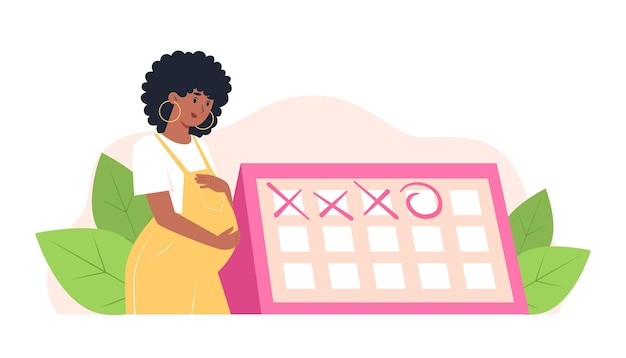How to Apply for Short-Term Disability for Maternity Leave

Introduction
Bringing a new life into the world is a precious and transformative experience, and maternity leave is an essential part of this journey. Short-term disability benefits can provide the financial support needed during this crucial time. In this comprehensive guide, we will walk you through the process of applying for short-term disability for maternity leave, ensuring that you can navigate this important period with confidence and peace of mind.
Understanding Short-Term Disability for Maternity Leave
Before diving into the application process, it’s crucial to understand what short-term disability for maternity leave entails.
What is Short-Term Disability for Maternity Leave?
Short-term disability for maternity leave is a program that offers financial assistance to expectant mothers, covering a portion of their income during the time they are unable to work due to pregnancy and childbirth. It is designed to provide support for the physical and medical recovery associated with childbirth and the postpartum period.
Eligibility Criteria
To apply for short-term disability for maternity leave, you must meet specific eligibility requirements. These criteria may vary depending on your location and the insurance provider, so it’s essential to be well-informed.
Employment Status
Before applying, ensure that you are employed and have short-term disability insurance through your employer. Check with your HR department or insurance provider for details.
Pregnancy Confirmation
You will need to provide proof of your pregnancy, usually through medical documentation from your healthcare provider.
Waiting Period
Some policies have a waiting period before benefits kick in. It’s crucial to understand the waiting period specified in your policy.
The Application Process
Once you meet the eligibility criteria, you can proceed with the application process. Follow these steps to apply for short-term disability for maternity leave:
Step 1: Notify Your Employer
Inform your employer as soon as possible about your pregnancy and the expected dates of your maternity leave. This will help in planning for your absence and initiating the necessary paperwork.
Step 2: Obtain the Necessary Forms
Contact your HR department or insurance provider to obtain the required forms for your application. You may need to complete forms such as the Short-Term Disability Claim Form and a medical certification from your healthcare provider.
Step 3: Complete the Forms
Thoroughly fill out the forms, ensuring that all information is accurate and complete. Attach the medical documentation confirming your pregnancy.
Step 4: Submit Your Application
Submit the completed forms to your HR department or insurance provider. Be sure to do this well in advance of your maternity leave to allow for processing time.
Step 5: Follow Up
Keep track of the progress of your application. If any additional information is needed, provide it promptly.
The Benefits of Short-Term Disability for Maternity Leave
Short-term disability for maternity leave offers several benefits, which can make a significant difference during this special time in your life.
Financial Support
These benefits provide a source of income while you are unable to work, helping to cover essential expenses during your maternity leave.
Peace of Mind
Knowing that you have financial support can reduce stress and allow you to focus on your health and the well-being of your newborn.
Bonding Time
Short-term disability benefits enable you to take the time you need to bond with your newborn without worrying about income.
Conclusion
Applying for short-term disability for maternity leave is a vital step in preparing for the birth of your child. It ensures that you have financial support and peace of mind during this significant life event. By understanding the eligibility criteria and following the application process, you can make the most of this valuable program.
FAQs
1. Can I apply for short-term disability for maternity leave if I’m self-employed?
Unfortunately, self-employed individuals typically do not have access to short-term disability benefits through an employer. You may want to explore other options like personal disability insurance.
2. How long can I receive short-term disability benefits for maternity leave?
The duration of benefits varies based on your policy and medical circumstances. It can typically range from a few weeks before your due date to several weeks after childbirth.
3. Do I have to pay taxes on short-term disability benefits for maternity leave?
The taxability of these benefits depends on whether you pay the premiums with pre-tax or post-tax dollars. Consult with a tax professional for accurate guidance.
4. Can I apply for short-term disability benefits for maternity leave after giving birth?
While it’s best to apply before your maternity leave begins, some policies may allow for retroactive claims. Check with your insurance provider for specific details.
5. Is short-term disability for maternity leave the same as paid family leave?
No, they are separate programs. Short-term disability for maternity leave is specifically for the period related to childbirth and recovery, while paid family leave can be used for bonding with the child and caring for a family member’s serious health condition.
